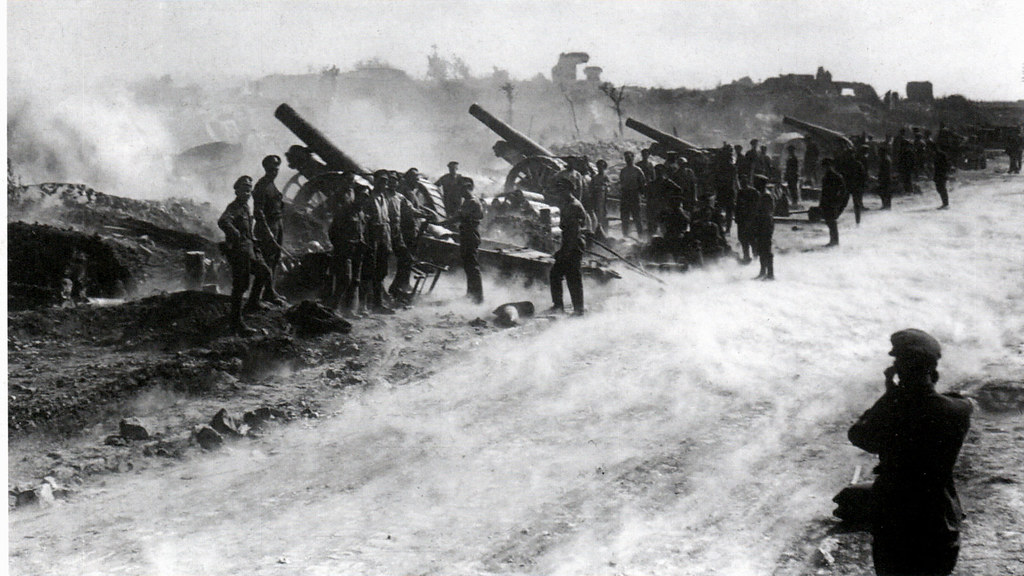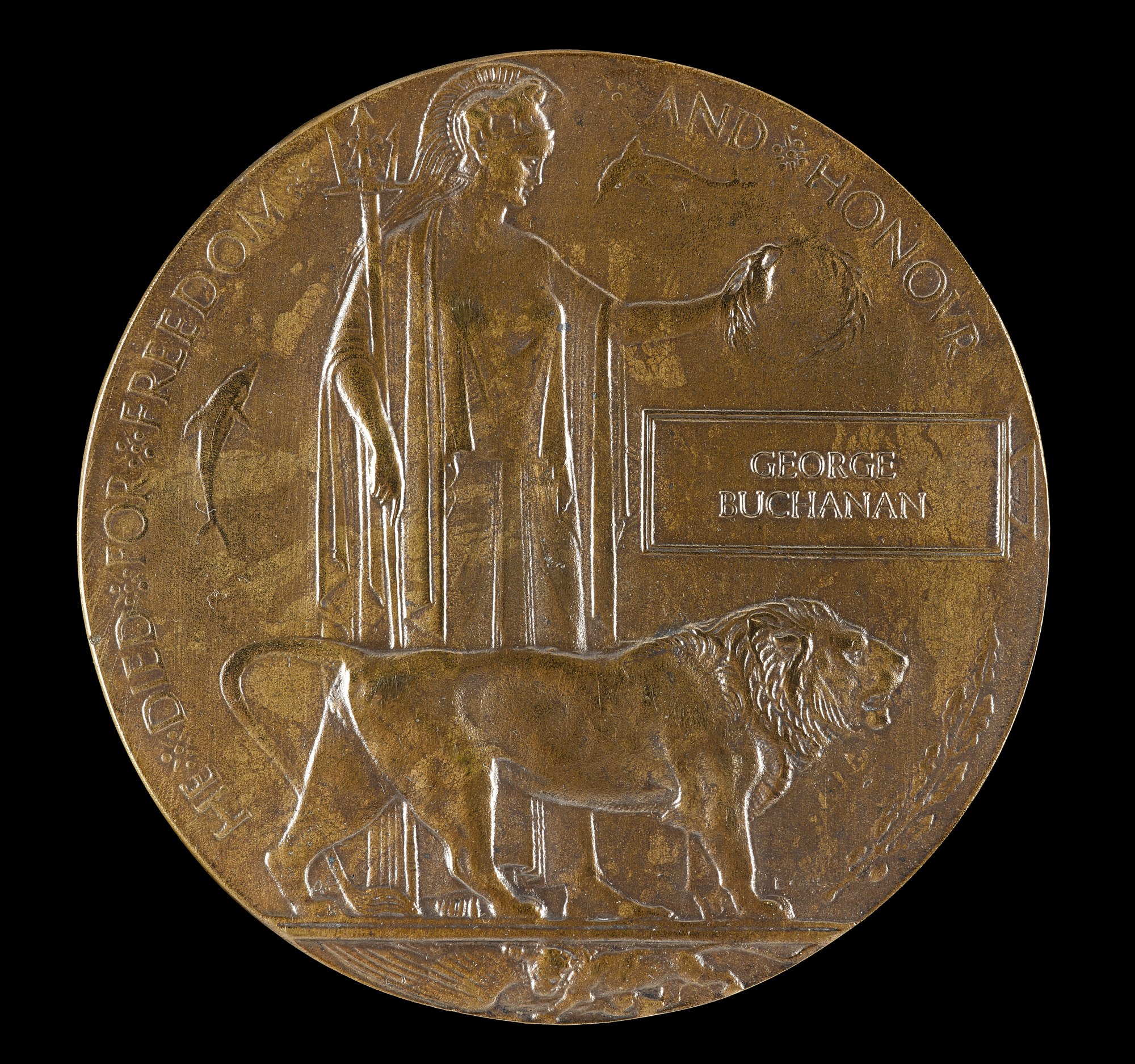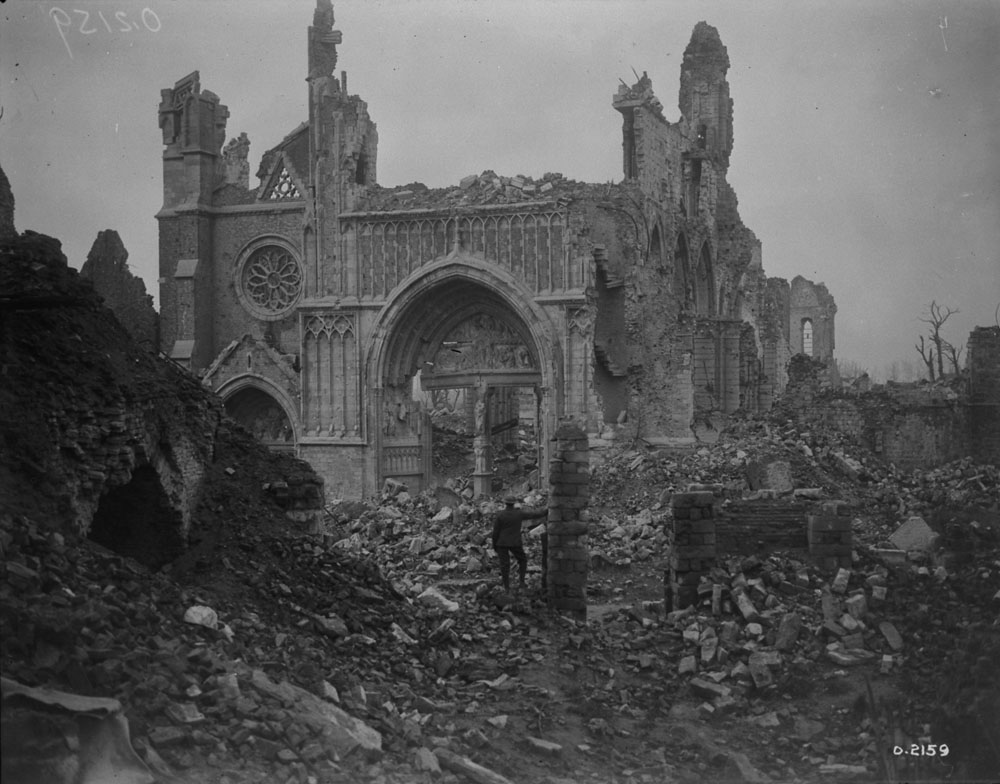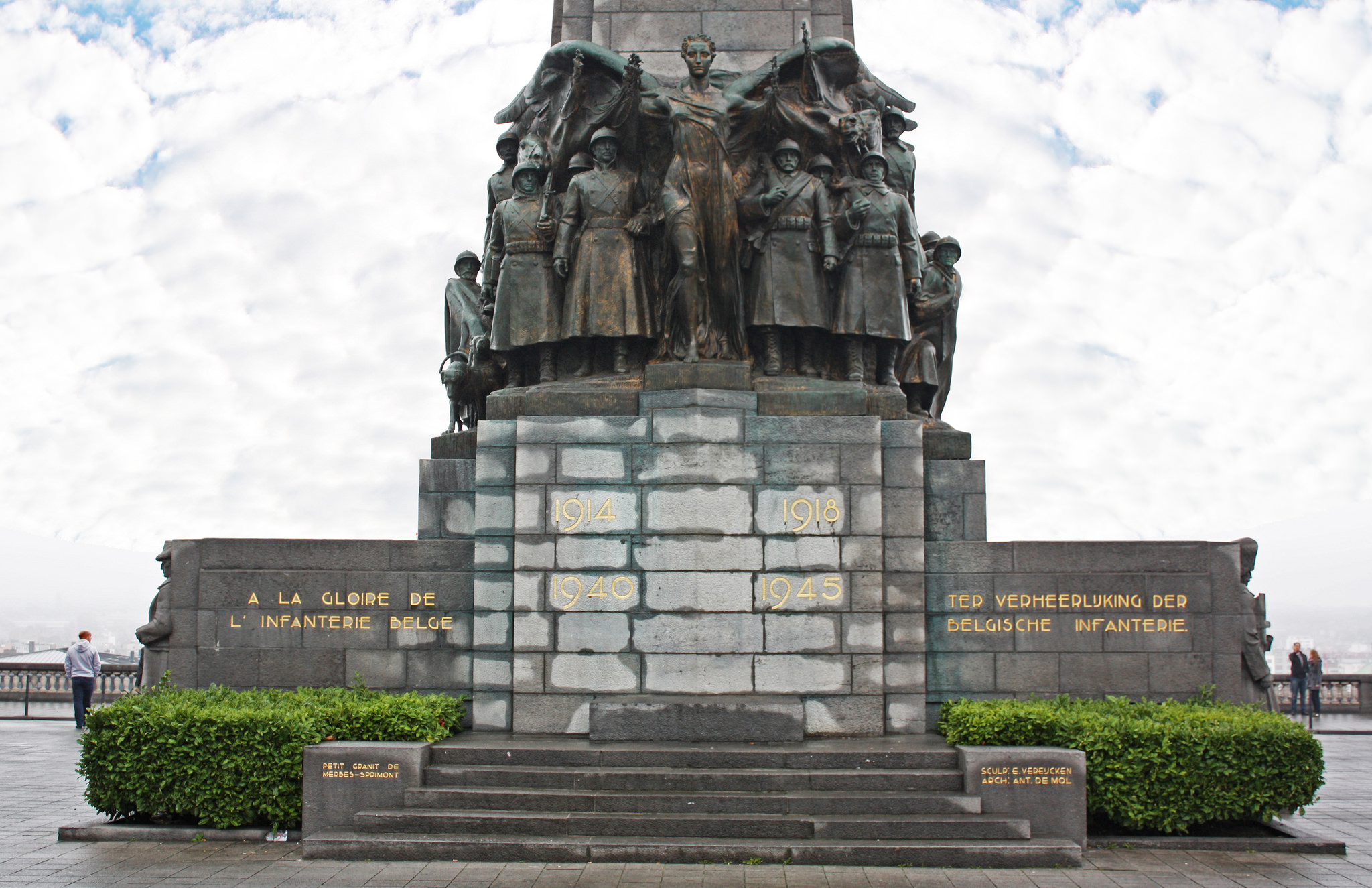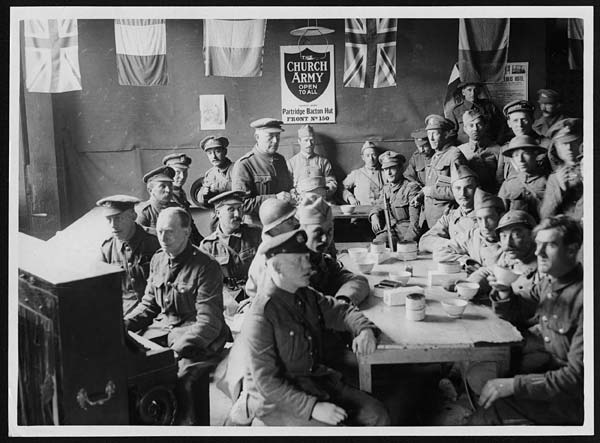Written by Natasha Silk.
The Christmas Truce forms one of the central focal points for the modern memory and commemorations of the First World War. Terri Blom Crocker in her exploration of the subject, has suggested that behind this myth that all soldiers ceased hostilities in rebellion against war is actually a complicated story. She argues that through its mythology and position in modern memory it has become a reflection of modern anti-war sentiment. Within the cultural memory of this event, the idea that British and German soldiers played football up and down the frontline is the dominant narrative. As Stanley Weintraub explored in Silent Night: The Remarkable Christmas Truce of 1914 (2001), there is evidence to suggest that there were a number of football matches in no man’s land between the British and the Germans, however, it was not widespread. Weintraub pointed to examples where the Germans refused to participate and the British played the matches alone. Yet, the idea that soldiers ceased hostilities and played football during the season of peace and goodwill to all men holds a certain charm for modern audiences. It allows for the myths and widespread interpretations which have existed since the war to endure. This being, that the soldiers of 1914 were just ordinary men fighting a war that they did not want, forced to fight by politicians who did not understand, or care, about the horrors of war.
Leave a Comment

